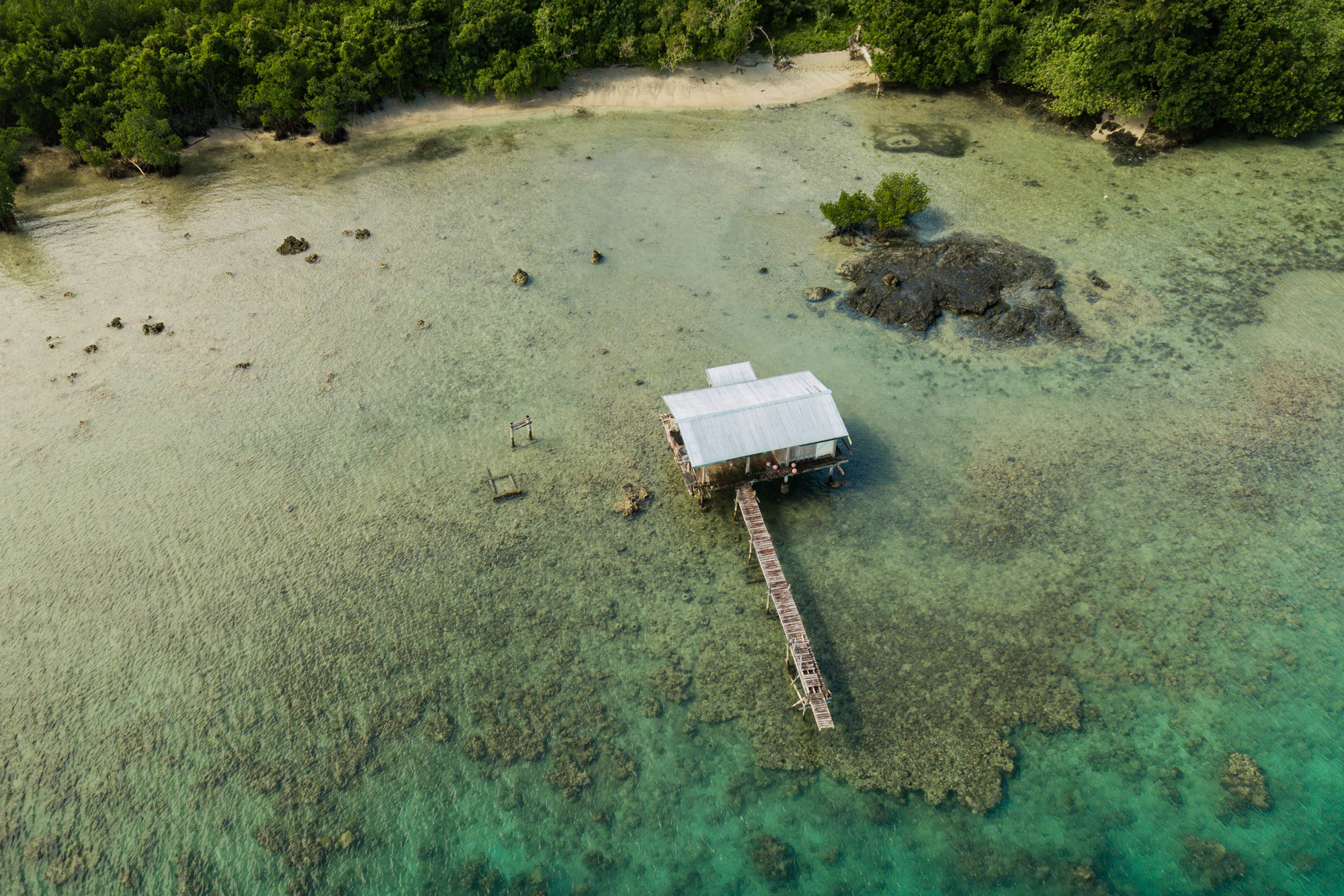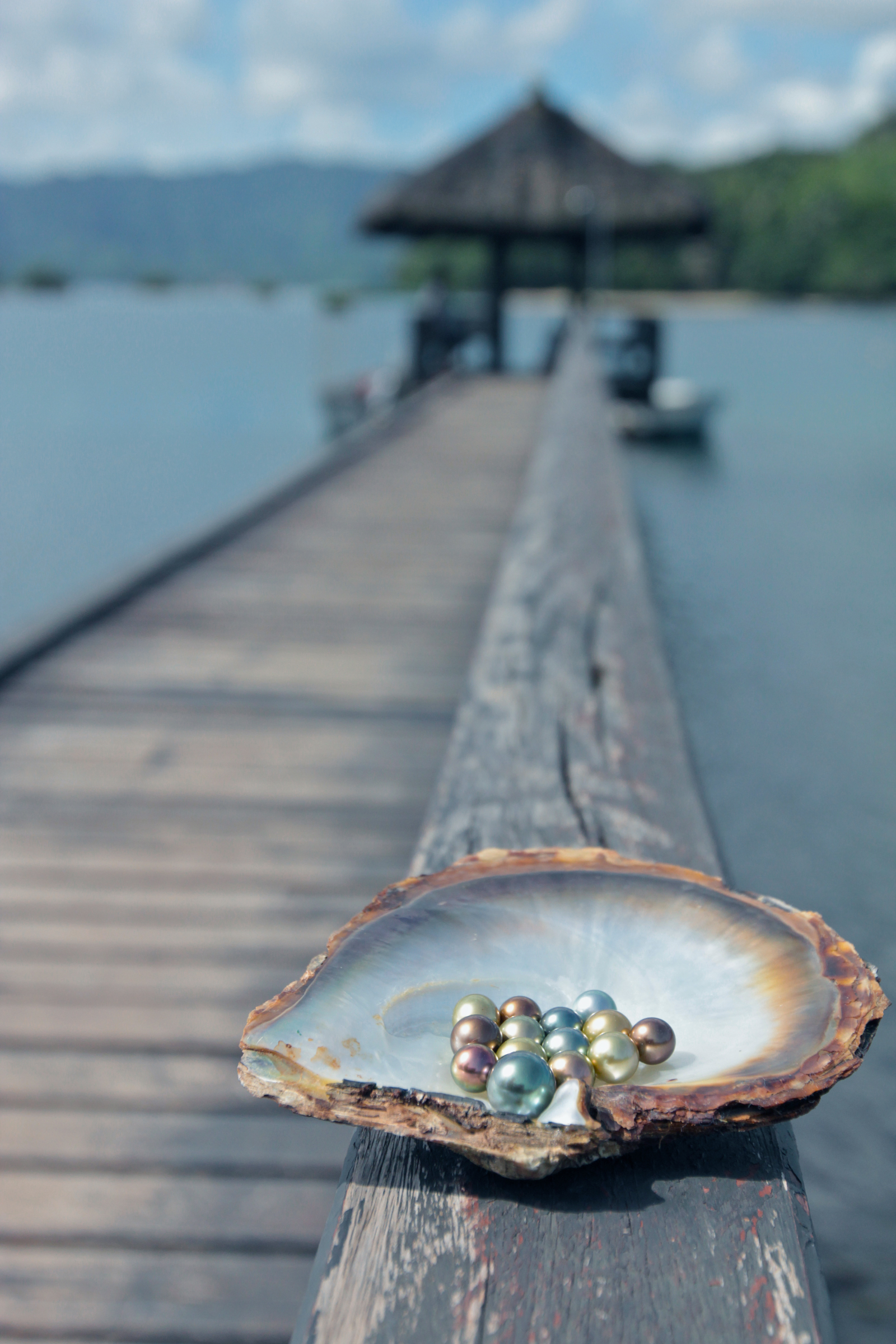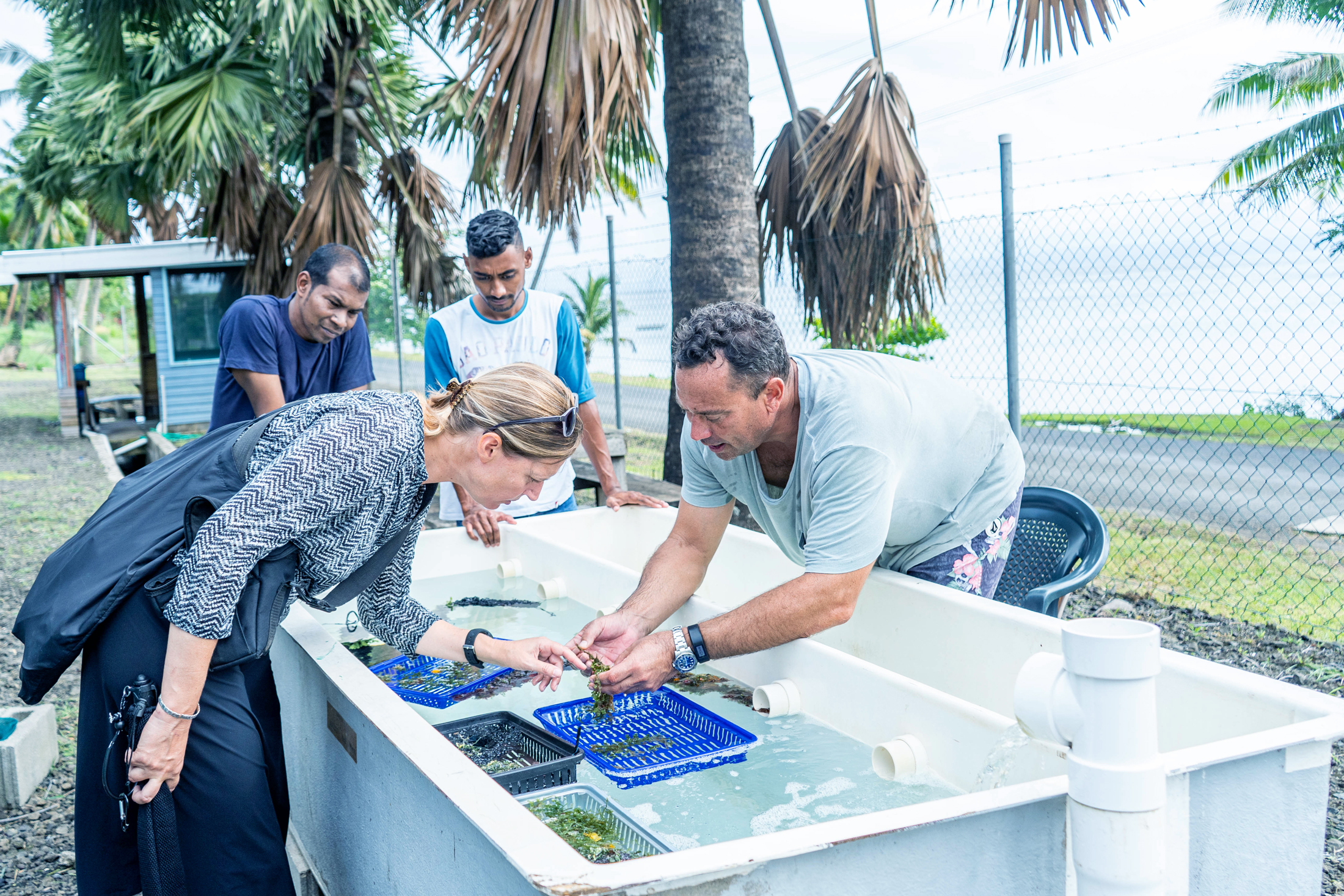Gellner's Fiji Pearls
Interview with Limburg documentary maker and biologist An Bollen
The pearls that adorn Gellner’s creations come from the Savusavu Bay in Fiji. There, J. Hunter Pearls cultivates oysters in an ecologically responsible manner in collaboration with local communities.
A remarkable story that biologist An Bollen wanted to share with the world, and recently also during a private event with our clients. Some questions for the ecologist!
You made a documentary about J. Hunter Pearls as part of Island Stories of Change. Can you tell us more about that?
“Island Stories of Change is an initiative that my partner Frank Viaene and I founded. We make short documentaries that highlight local island communities that creatively address contemporary environmental challenges and the biodiversity crisis. With these positive stories, we want to demonstrate that cooperation can bring about the change needed to improve the quality of life for everyone.”
How does J. Hunter Pearls fit into that picture?
“Justin Hunter is a frontrunner in the blue economy. He works closely with local communities to cultivate pearl oysters while preserving the marine environment of the Savusavu Bay in its pristine state. This is also a must in pearl cultivation: only in a healthy marine environment can pearl oysters thrive. Cultivating pearls is therefore seen as ecological aquaculture that respects the sea. Each cultivation zone is protected from fishing, making pearl farms a sanctuary for numerous marine life and highly beneficial for the marine biodiversity of coral reefs. J. Hunter’s pearl company is located in what we call the Coral Triangle. This is an ocean area with the highest diversity of marine species.”


What impact does climate change have on pearl cultivation?
“Ocean acidification is enemy number one for shellfish and thus also for oysters. Their shells consist of calcium and are affected by carbon dioxide in the water, making the oysters more vulnerable. But extreme weather conditions are also a danger to marine ecosystems. In 2016, Cyclone Winston struck Fiji, causing the loss of thirty kilometers of oyster culture. When you consider that it takes about five years for an oyster to produce a pearl of decent size, you can imagine how much oyster cultivation is threatened.”
